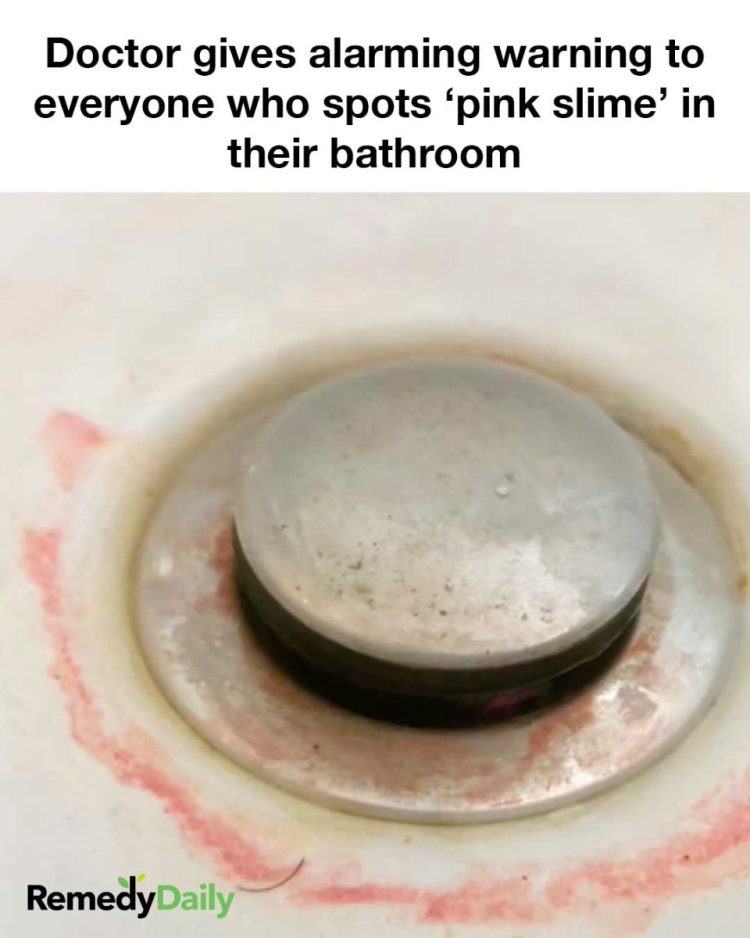Serratia marcescens is most commonly found in areas of the bathroom that remain damp and are not regularly cleaned. This includes shower curtains, tile grout, sink drains, and toilet bowls. The bacterium feeds on the fatty substances found in soap and shampoo residues, making these areas prime locations for its growth. Identifying these common locations can help homeowners target their cleaning efforts more effectively.
Is Serratia Marcescens Dangerous?
While Serratia marcescens is generally not harmful to healthy individuals, it can pose a risk to those with compromised immune systems, such as the elderly, infants, or individuals with chronic illnesses. In rare cases, it can lead to urinary tract infections, respiratory infections, and other health issues. Therefore, it is important to address its presence promptly to minimize any potential health risks.
Steps to Take If You Find Pink Slime
If you discover pink slime in your bathroom, it is important to take immediate action to remove it and prevent its return. Following a systematic approach can help ensure that the bacterium is effectively eliminated and that your bathroom remains safe and hygienic.
1. Identify and Confirm the Substance
The first step is to identify and confirm that the pink slime is indeed Serratia marcescens. This can usually be done visually, as the bacterium is characterized by its pink or reddish hue. If you are unsure, consulting with a professional or using a home testing kit can provide confirmation.
2. Clean the Affected Area Thoroughly
Once identified, the affected areas should be cleaned thoroughly. This involves scrubbing surfaces with a brush to remove any visible slime and ensuring that all residues are eliminated. Pay special attention to areas that are frequently damp and may harbor the bacterium.
3. Use Appropriate Cleaning Agents
To effectively kill the bacteria, use cleaning agents that are known to be effective against Serratia marcescens. Bleach-based cleaners are particularly effective, as are other disinfectants that contain antimicrobial properties. Be sure to follow the instructions on the cleaning products for best results.
4. Improve Ventilation in the Bathroom
Improving ventilation in the bathroom can help reduce moisture levels, making it less conducive for the bacteria to thrive. Consider installing an exhaust fan or opening windows to increase airflow and reduce humidity after showers or baths.
5. Regular Maintenance and Prevention Tips
Regular maintenance and cleaning are key to preventing the recurrence of pink slime. This includes wiping down surfaces after use, regularly cleaning shower curtains and tiles, and ensuring that soap and shampoo residues are rinsed away. Additionally, periodic deep cleaning with disinfectants can help keep the bacteria at bay.
Conclusion: Staying Safe and Informed
While the presence of pink slime in the bathroom can be alarming, being informed and taking proactive steps can mitigate any potential risks. By understanding what Serratia marcescens is and how to effectively manage it, homeowners can maintain a clean and safe environment. Staying vigilant and adopting good hygiene practices are essential in preventing the growth of this bacterium and ensuring the health and safety of all household members.
